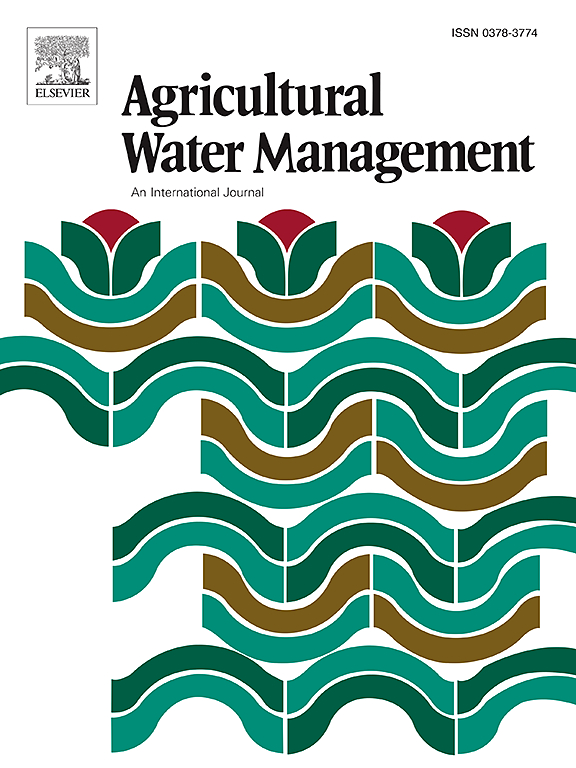Capturing the extent of climate's dynamic effects on runoff and nutrient yields across short- and long-term scales
IF 5.9
1区 农林科学
Q1 AGRONOMY
引用次数: 0
Abstract
Climate change affects hydrology and water quality. Quantifying climate's dynamic effects on runoff and nutrient yields is critical for advancing climate–adaptive watershed management. This study first constructed the Soil and Water Assessment Tool (SWAT) for a large-scale agricultural watershed in southern China, using multi–site zoning calibration approach and the Sequential Uncertainty Fitting algorithm (SUFI-2). The model performance was evaluated using the coefficient of determination (R2), Nash–Sutcliffe efficiency (NSE), and Kling-Gupta efficiency (KGE). Then, a process-based factor-control quantification protocol was developed in SWAT model to capture how climate change drives runoff and nutrient yield variations from a physical process perspective, offering a distinct approach from empirical statistical analyses. Results indicated that multi-site zoning calibration procedure can effectively enhance hydrological modeling accuracy in large, complex watersheds as accounting for the hydrological heterogeneity within watershed. Constructed SWAT explained 71–86 % of runoff variability and 67–89 % and 77–91 % of total nitrogen (TN) and total phosphorus (TP) yields' variations, respectively. For single–factor effects, precipitation's facilitation on runoff and nutrient yields outweighed other factors regardless of time–scale, inducing 24.2 %, 29.6 %, and 16.8 % variations of runoff, TN, and TP yields from 1990 to 2020. In contrast, temperature restrained runoff and nutrient outputs over long–term, while exhibiting considerable variability across short–term periods. For coupled effects, long–term temperature variation suppressed precipitation's promotion on runoff and TP outputs but enhanced its impact on TN outputs. Additionally, wind speed and radiation amplified precipitation's effects. Conversely, minimum and maximum temperature had the most pronounced negative combined impacts on runoff, TN, and TP yields, contributing –24.4 %, –28 %, and –21 %, respectively. Irrespective of time–scale and periods, precipitation has stronger impact on TN than TP. Moreover, TN outputs are more sensitive to comprehensive meteorological variability compared to TP. Hydrological and water quality responses to climate change varied dramatically and increase over decades. The spatial pattern of change contributions shifted across periods. The findings improved the understanding for hydrological and water quality responses to climate change in large-scale complex watershed.
求助全文
约1分钟内获得全文
求助全文
来源期刊

Agricultural Water Management
农林科学-农艺学
CiteScore
12.10
自引率
14.90%
发文量
648
审稿时长
4.9 months
期刊介绍:
Agricultural Water Management publishes papers of international significance relating to the science, economics, and policy of agricultural water management. In all cases, manuscripts must address implications and provide insight regarding agricultural water management.
 求助内容:
求助内容: 应助结果提醒方式:
应助结果提醒方式:


